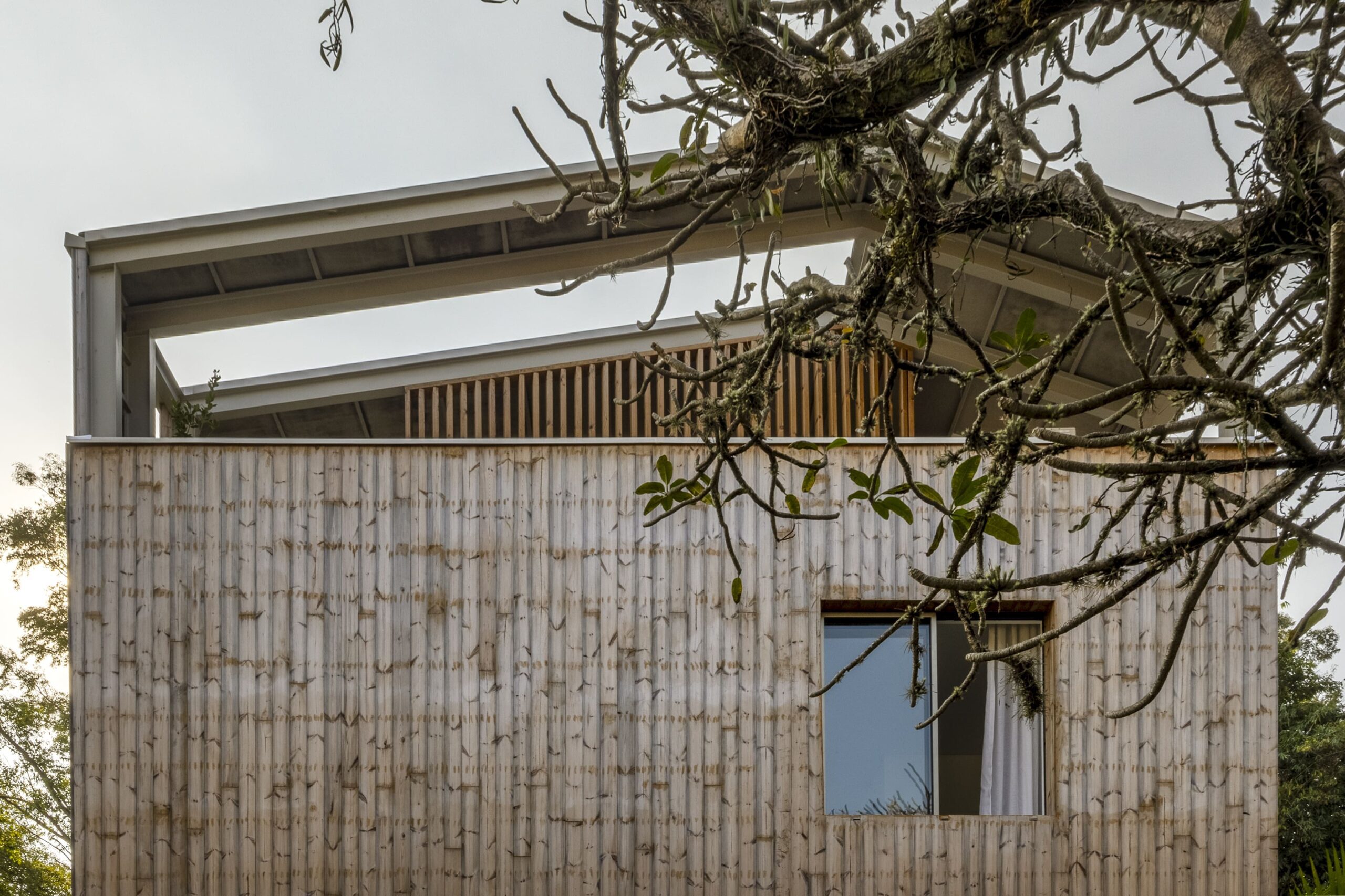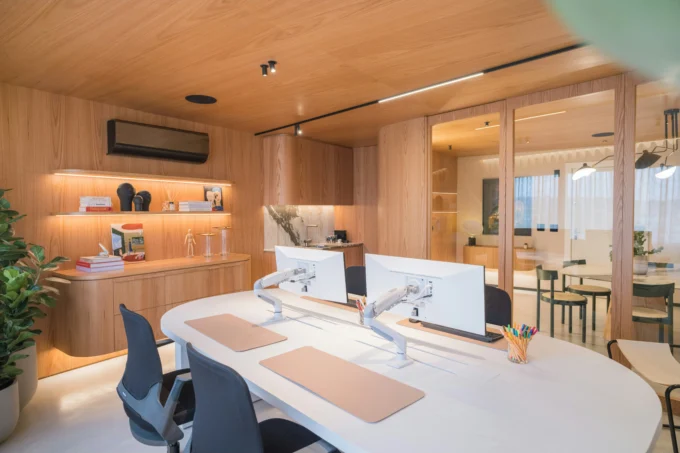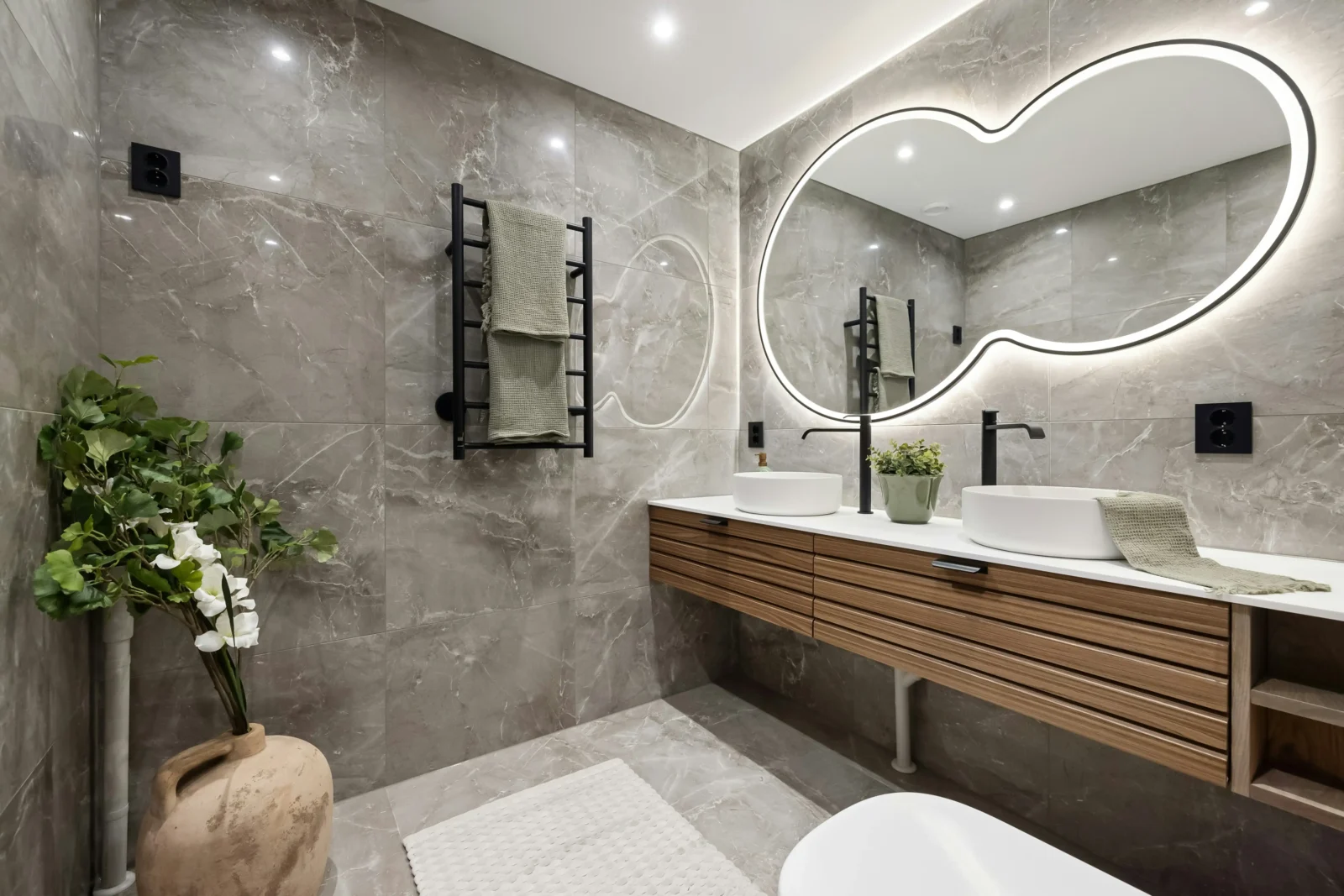- Home
- Articles
- Architectural Portfolio
- Architectral Presentation
- Inspirational Stories
- Architecture News
- Visualization
- BIM Industry
- Facade Design
- Parametric Design
- Career
- Landscape Architecture
- Construction
- Artificial Intelligence
- Sketching
- Design Softwares
- Diagrams
- Writing
- Architectural Tips
- Sustainability
- Courses
- Concept
- Technology
- History & Heritage
- Future of Architecture
- Guides & How-To
- Art & Culture
- Projects
- Interior Design
- Competitions
- Jobs
- Store
- Tools
- More
- Home
- Articles
- Architectural Portfolio
- Architectral Presentation
- Inspirational Stories
- Architecture News
- Visualization
- BIM Industry
- Facade Design
- Parametric Design
- Career
- Landscape Architecture
- Construction
- Artificial Intelligence
- Sketching
- Design Softwares
- Diagrams
- Writing
- Architectural Tips
- Sustainability
- Courses
- Concept
- Technology
- History & Heritage
- Future of Architecture
- Guides & How-To
- Art & Culture
- Projects
- Interior Design
- Competitions
- Jobs
- Store
- Tools
- More
What Sets Commercial Renovation Apart from Residential Upgrades
A clear breakdown of how commercial renovations differ from residential upgrades, covering design, budgeting, regulations, timelines, and emotional priorities. Explore the key differences between commercial renovation and residential upgrades, from design priorities and budgets to regulations and emotional impact.

Commercial renovation and residential upgrades serve very different purposes, each addressing unique challenges and client needs. While both may involve updating and refreshing spaces, the approach, objectives, and execution often differ significantly. Understanding these distinctions is crucial for any business or homeowner considering renovations.

Table of Contents
ToggleThe Nature of Spaces
Commercial spaces are often designed for functionality, catering to a wider audience and focusing on productivity. These areas include offices, retail shops, restaurants, and health facilities. The renovation process must meet legal standards and accommodate specific use cases that are often dictated by the type of business being conducted.
Residential upgrades are generally more personal. Homeowners seek to create environments that reflect their taste and lifestyle. The renovations often have a major emotional component, as the changes made significantly affect the homeowners’ daily lives and experiences.
Unlike commercial projects, residential work allows for more design flexibility and creativity. Decisions are influenced by personal routines, aesthetic preferences, and long-term goals for the property. Renovations can range from minor cosmetic updates to major overhauls that transform the way a home functions and feels.

Time and Project Schedules
Project timelines for commercial renovations are typically rigid, driven by business operations and the need to minimize downtime. Effective planning and execution are paramount; delays can lead to revenue loss and affect client relationships.
This often leads to hiring seasoned renovation experts who have experience with commercial properties. Good renovation contractors are likely to implement strategies that mitigate disruption while ensuring that all work meets quality standards. Conversely, scheduling for residential renovations tends to be more flexible.
Homeowners may have the luxury of adjusting timelines based on availability, personal convenience factors, and the seasons. While timing and efficiency remain priorities, the overall urgency may differ significantly, allowing homeowners to prioritize quality over speed.

Design Considerations
Design in commercial renovations tends to adhere to a strict set of guidelines due to zoning laws, safety regulations, and the need for accessibility. Architecturally, the focus might be on facilitating smooth flows of traffic, improving functional layouts, and ensuring compliance with codes.
These renovations aim to foster an atmosphere conducive to organizational efficiency and employee satisfaction. Residential design prioritizes aesthetics, personal comfort, and lifestyle enhancements. Whether it’s transforming a kitchen into a culinary haven or creating an outdoor space for family gatherings, the design choices often reflect the homeowner’s preferences and emotional connections to the space.
Unlike commercial spaces, residential projects tend to integrate softer design elements, such as texture, color, and ambient lighting, to create a sense of warmth and familiarity. Flexibility is key, allowing rooms to serve multiple functions as family needs evolve. The design process balances functionality with a deep sense of personal expression.

Budgeting and Financing
Financial concerns play a foundational role in both types of renovations. Commercial renovations generally require a more formal budget approval process and may involve investors or stakeholders. Each dollar spent is expected to yield a return on investment, be it through increased efficiency, greater customer satisfaction, or enhanced brand image.
Renovation costs can often escalate due to unforeseen building issues, necessitating well-structured budgets to manage these risks. Conversely, residential projects focus primarily on personal finance. Homeowners must consider the costs of aesthetic changes and their long-term value implications. Home improvements may increase property values, but homeowners might prioritize elements that enrich their living experience regardless of financial return.

Legal and Regulatory Obligations
Commercial properties face a myriad of regulatory requirements. Local building codes, health department regulations, and fire safety mandates all dictate the standards to which renovation must adhere. Projects often require more extensive permits and inspections to ensure compliance, which adds a layer of complexity to commercial renovations.
Residential renovations, while still subject to local codes and regulations, tend to involve fewer constraints. Homeowners might apply for permits, but they are often simpler and can occasionally be self-verified. The standards are there to protect homeowner interests, but the landscape is generally less complicated compared to commercial ventures.
In addition to these, businesses may also be required to provide staff with basic life-saving skills, such as enrolling employees in CPR Classes to ensure workplace safety.

The Emotional Component
Lastly, emotional investment in the renovation process reveals a distinctive aspect between commercial and residential projects. For businesses, renovations can symbolize growth or change, impacting employee morale and brand perception. The focus here tends to be more strategic, balancing aesthetics with functional needs to create a professional atmosphere.
Homeowners undertake renovations with a significant emotional component, looking to create spaces that reflect who they are and how they want to live. Each change often holds sentimental value, representing a vision for the future. This personalized approach to renovations emphasizes the difference in motivation, where function and style converge to create spaces that feel like home.
Understanding the differences in commercial renovations and residential upgrades can guide individuals and business owners when embarking on their renovation journeys. The approach to each type of project requires careful consideration of space, design, budgeting, and emotional investment, tailoring strategies that meet their respective objectives.
- Apart from Residential Upgrades
- architecture renovation types
- building regulations renovation
- commercial construction standards
- commercial interior renovation
- Commercial Renovation
- commercial vs residential renovation
- home renovation upgrades
- property renovation strategies
- Renovation Apart
- renovation decision guide
- renovation design considerations
- renovation design flexibility
- renovation differences
- renovation emotional impact
- renovation investment value
- renovation legal requirements
- renovation planning
- renovation project timelines
- Residential Upgrades
illustrarch is your daily dose of architecture. Leading community designed for all lovers of illustration and #drawing.
Submit your architectural projects
Follow these steps for submission your project. Submission FormLatest Posts
From Smart Mirrors to AI Showers: Future-Proofing Your Bathroom Renovations
Rendering the Invisible: Visualizing Technology Integration in Spatial Design When creating renders...
How to Avoid Costly Mistakes During Large Renovation Projects
A big renovation sounds like a dream—until you’re washing dishes in the...
How to Plan a Successful Home Renovation
A home renovation feels exciting at first. Then the decisions stack up....
How To Be More Sustainable When Renovating Your Home?
Renovating your home can be exciting, but it’s easy to overlook sustainability....












Leave a comment